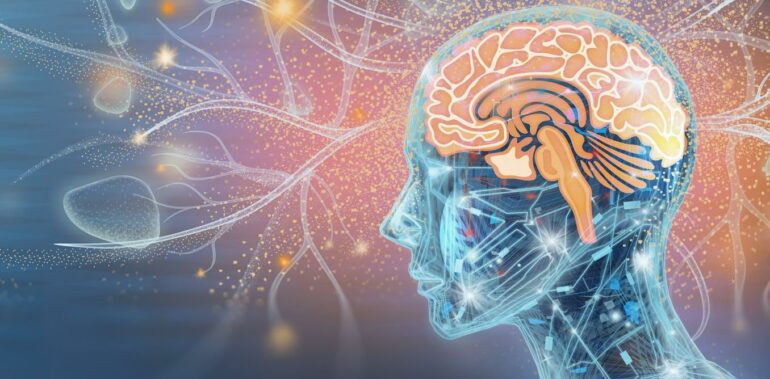
Curious Kids is a series for children of all ages. If you have a question you’d like an expert to answer, send it to [email protected].
Is it possible to upload the consciousness of your mind into a computer? – Amreen, age 15, New Delhi, India
The concept, cool yet maybe a little creepy, is known as mind uploading. Think of it as a way to create a copy of your brain, a transmission of your mind and consciousness into a computer. There you would live digitally, perhaps forever. You’d have an awareness of yourself, you’d retain your memories and still feel like you. But you wouldn’t have a body.
Within that simulated environment, you could do anything you do in real life – eating, driving a car, playing sports. You could also do things impossible in the real world, like walking through walls, flying like a bird or traveling to other planets. The only limit is what science can realistically simulate.
Doable? Theoretically, mind uploading should be possible. Still, you may wonder how it could happen. After all, researchers have barely begun to understand the brain.
Yet science has a track record of turning theoretical possibilities into reality. Just because a concept seems terribly, unimaginably difficult doesn’t mean it’s impossible. Consider that science took humankind to the Moon, sequenced the human genome and eradicated smallpox. Those things too were once considered unlikely.
As a brain scientist who studies perception,
I fully expect mind uploading to one day be a reality. But as of today, we’re nowhere close.
Living in a laptop
The brain is often regarded as the most complex object in the known universe. Replicating all that complexity will be extraordinarily difficult.
One requirement: The uploaded brain needs the same inputs it always had. In other words, the external world must be available to it. Even cloistered inside a computer, you would still need a simulation of your senses, a reproduction of the ability to see, hear, smell, touch, feel – as well as move, blink, detect your heart rate, set your circadian rhythm and do thousands of other things.
But why is that? Couldn’t you just exist in a pure mental bubble, inside the computer without sensory input?
Depriving people of their senses, like putting them in total darkness, or in a room without sound, is known as sensory deprivation, and it’s regarded as a form of torture. People who have trouble sensing their bodily signals – thirst, hunger, pain, an itch – often have mental health challenges.
That’s why for mind uploading to work, the simulation of your senses and the digital environment you’re in must be exceptionally accurate. Even minor distortions could have serious mental consequences.
For now, researchers don’t have the computing power, much less the scientific knowledge, to perform such simulations.
…



